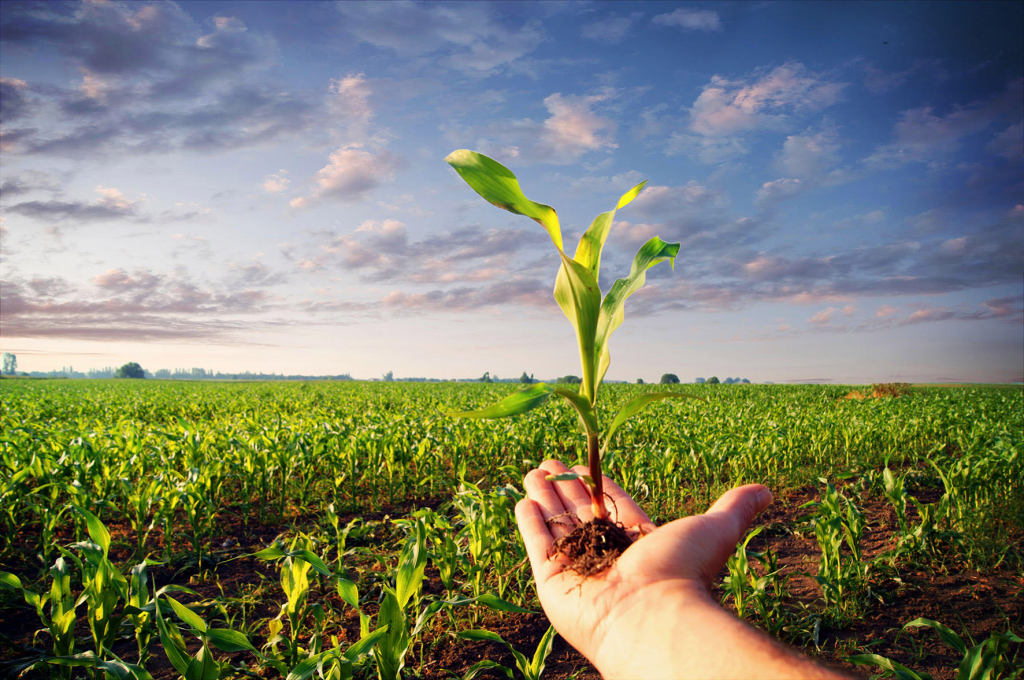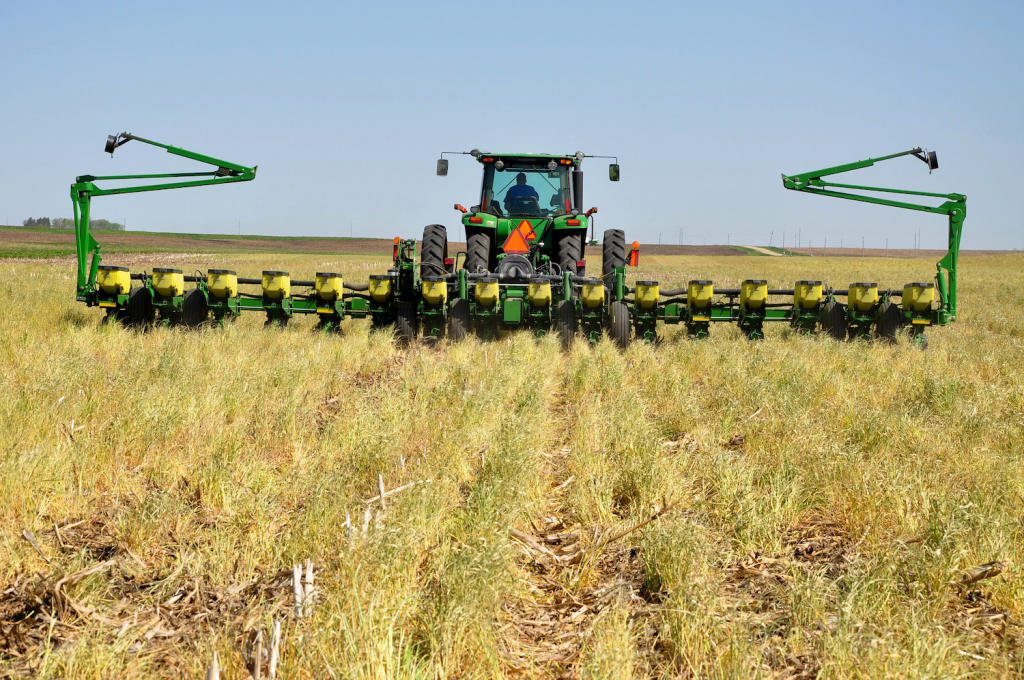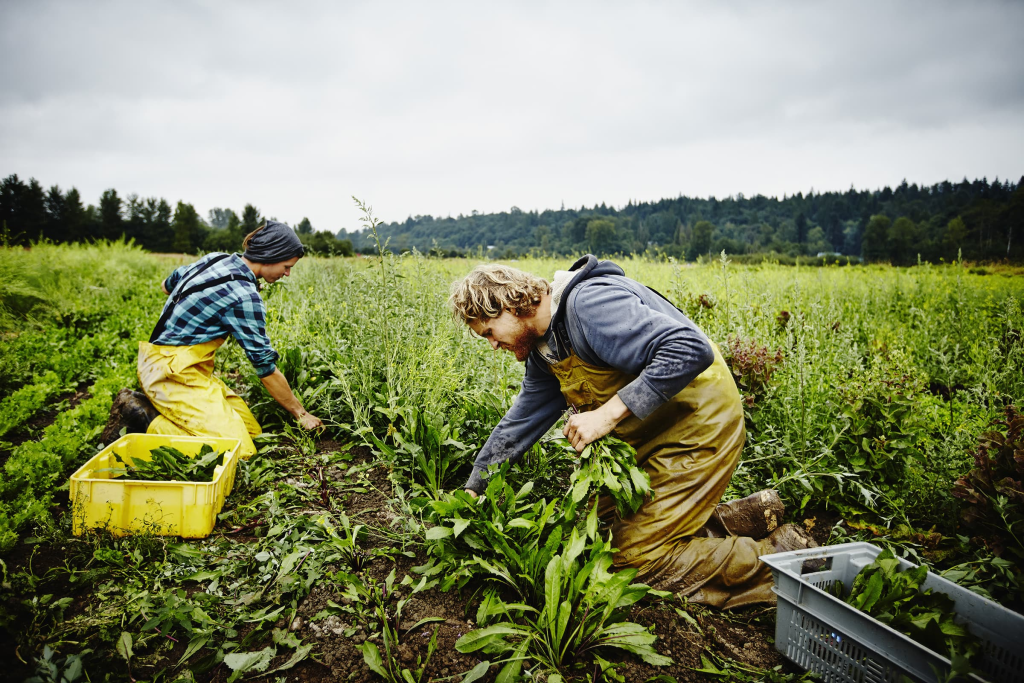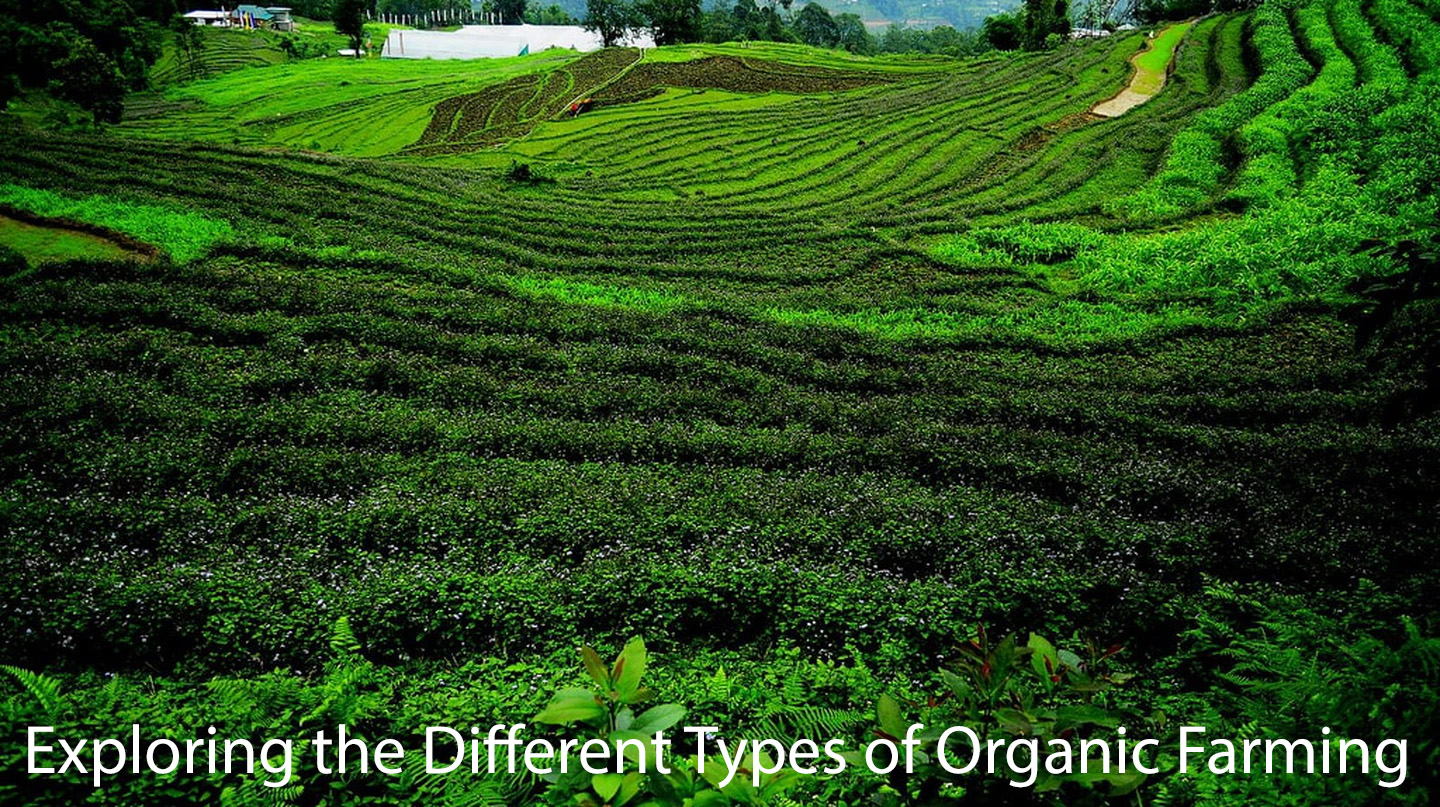In recent years, organic farming has become increasingly popular as consumers have become more aware of the benefits of eating food that is grown in a sustainable manner and does not contain any chemicals. But were you aware that there are a wide variety of practices that can be used in organic farming? It is important to gain an understanding of the various methods of organic farming that are available because each strategy possesses its own set of distinctive qualities and benefits.

Biodynamic Farming
Biodynamic farming is a holistic approach to farming that emphasizes the interconnectedness of all things. This approach to farming views the farm as a self-contained ecosystem, where the farmer works to enhance the soil fertility and biodiversity, while also taking into account lunar cycles and other natural rhythms. Biodynamic farmers use a range of techniques, including cover cropping, crop rotation, and natural pest management, to promote soil health and nutrient density in their crops.
Permaculture Farming
Permaculture farming is a method of farming that seeks to create a sustainable and self-sufficient ecosystem by working with natural patterns and systems. In permaculture, everything on the farm is viewed as interconnected, and the farmer works to create a system that is resilient, diverse, and productive. Permaculture farmers use techniques such as crop rotation, intercropping, and natural pest management to promote soil health and biodiversity.

No-Till Farming
No-till farming is a farming method that minimizes soil disturbance by avoiding plowing or tilling the soil. By leaving the soil undisturbed, no-till farming helps to preserve the soil’s natural structure and allows beneficial microbes and fungi to thrive. This method also helps to reduce erosion, conserve water, and decrease greenhouse gas emissions.
Intensive Rotational Grazing
Intensive rotational grazing is a method of farming that involves rotating livestock through a series of paddocks, allowing each paddock to rest and regenerate before being grazed again. This approach promotes soil health and nutrient density by allowing the animals to fertilize the soil with their manure, while also promoting the growth of diverse plant species.
Community-Supported Agriculture (CSA)
Community-supported agriculture, or CSA, is a farming model where consumers buy a share of the farm’s harvest in advance, providing the farmer with the funds needed to grow and harvest the crops. CSA farms typically prioritize sustainable and organic farming practices, and often involve community members in the farming process through volunteer opportunities and educational programs.

There are many different types of organic farming practices, each with its own unique benefits and characteristics. By understanding the differences between these approaches, we can make more informed choices about the food we eat and support farming practices that align with our values.


No comment